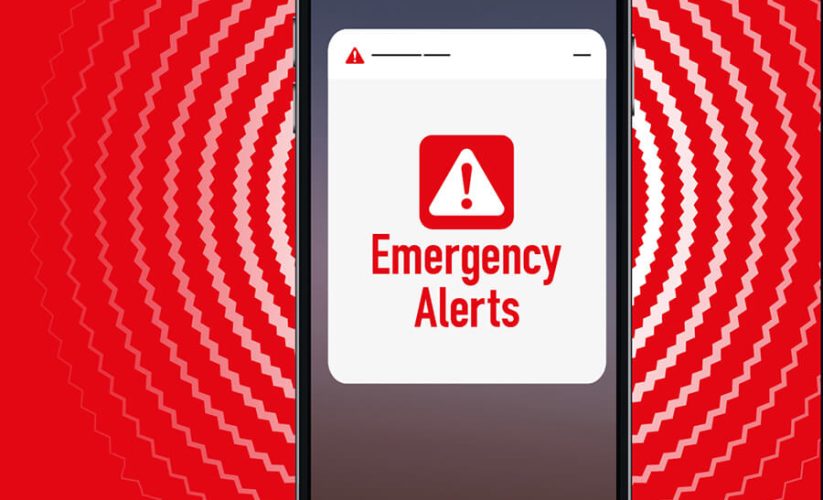
Comparing Emergency SMS Alert Systems: Key Insights to Know
In an age where timely communication can mean the difference between safety and disaster, organizations increasingly rely on emergency SMS alert systems to disseminate critical information quickly. However, with numerous options available, choosing the right system can be daunting. This article provides key insights into comparing various emergency SMS alert systems, helping you make an informed decision for your organization.
Understanding Emergency SMS Alert Systems
An emergency SMS alert system is designed to send urgent text messages to a large number of recipients simultaneously. These systems are crucial for crisis communication, allowing organizations to inform employees, stakeholders, and the public about emergencies such as natural disasters, security threats, or operational disruptions.
Key Features to Consider
When evaluating different emergency SMS alert systems, several features are essential to consider:
- Mass Messaging Capability: The ability to send messages to thousands of recipients at once.
- Real-Time Updates: Instant notifications that keep recipients informed about developing situations.
- User-Friendly Interface: A straightforward platform that allows staff to send alerts quickly, even in high-pressure situations.
- Customizable Messaging: The option to tailor messages for different audiences, ensuring clarity and relevance.
- Two-Way Communication: Features that allow recipients to respond to alerts, providing real-time feedback.
Factors to Compare Emergency SMS Alert Systems
1. Delivery Speed
One of the primary advantages of an emergency SMS alert system is speed. When comparing systems, assess their delivery speed. The ideal system should ensure that messages are sent and received in real-time, as delays can have serious consequences during emergencies.
Key Insight: Look for systems that provide performance metrics or guarantees on delivery times. Fast delivery can significantly enhance your organization’s crisis response.
2. Scalability
As your organization grows, so will your communication needs. Choose a system that can scale with you, allowing you to add more recipients, features, and capabilities as needed.
Key Insight: Evaluate whether the system offers flexible pricing models based on the number of users or messages sent. This flexibility can save costs while accommodating growth.
3. Integration Capabilities
An effective emergency SMS alert system should integrate seamlessly with your existing communication tools and emergency management systems. Integration can enhance efficiency and ensure that all communication channels work together effectively.
Key Insight: Check for compatibility with other tools your organization uses, such as email platforms, social media, or incident management software. Integration can streamline your overall communication process.
4. Customization Options
Every organization has unique communication needs. Look for systems that allow for customizable messaging, enabling you to tailor alerts for different audiences, such as employees, clients, or stakeholders.
Key Insight: Assess whether the system allows you to create pre-defined message templates. This can save time during a crisis when every second counts.
5. User Experience
A user-friendly interface is crucial for ensuring that staff can send alerts quickly and efficiently, especially in high-pressure situations. An intuitive design can reduce training time and improve response effectiveness.
Key Insight: Request a demo or trial of the system to evaluate its ease of use. An intuitive interface can significantly enhance operational efficiency during emergencies.
6. Reporting and Analytics
Effective crisis management relies on data. Many emergency SMS alert systems offer reporting and analytics features that allow organizations to track message delivery, read rates, and recipient responses.
Key Insight: Look for systems that provide robust reporting tools. These insights can help your organization assess the effectiveness of communication strategies and make improvements for future emergencies.
7. Compliance and Security
Data security and compliance with regulations such as GDPR or HIPAA are crucial factors when choosing an emergency SMS alert system. Ensure that the provider has robust security measures to protect sensitive information.
Key Insight: Verify that the system complies with relevant regulations and that it has measures in place to protect recipient data from unauthorized access.
Evaluating Costs
When comparing emergency SMS alert systems, it’s essential to consider costs. Pricing structures can vary widely among providers, so it’s crucial to understand what you’re paying for.
1. Pricing Models
Emergency SMS alert systems may offer various pricing models, including:
- Per Message: You pay for each message sent, which can be cost-effective for smaller organizations with fewer alerts.
- Monthly/Annual Subscription: A flat fee that allows you to send a set number of messages per month or year.
- Pay-As-You-Go: Flexibility to pay only for the services you use, ideal for organizations with fluctuating communication needs.
2. Hidden Costs
Be aware of potential hidden costs, such as fees for additional features, technical support, or exceeding message limits. Always read the fine print of your contract to avoid unexpected charges.
Key Insight: Request a detailed quote from potential providers that outlines all costs and fees associated with their services.
Customer Support and Training
Effective customer support is essential for any emergency SMS alert system. In times of crisis, you need assurance that help is available when you need it.
1. Availability of Support
Check whether the provider offers 24/7 support, as emergencies can occur at any time. Reliable customer service can make a significant difference in your organization’s ability to respond effectively.
2. Training Resources
Look for systems that offer training resources, including tutorials, user guides, and onboarding sessions. Well-trained staff will be more confident in using the system during an actual crisis.
Key Insight: Evaluate the support and training offerings of potential providers to ensure your team is adequately prepared.
Conclusion
Comparing different emergency SMS alert systems is essential for ensuring that your organization is equipped to handle crises effectively. By considering factors such as delivery speed, scalability, integration capabilities, and costs, you can make an informed decision that enhances your crisis communication strategy. Investing in the right system not only improves your organization’s preparedness but also ensures that you can respond swiftly and effectively in emergencies.





